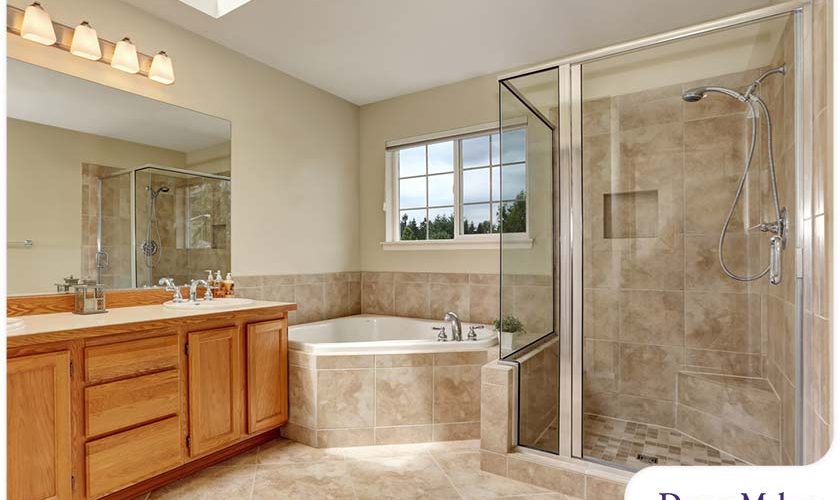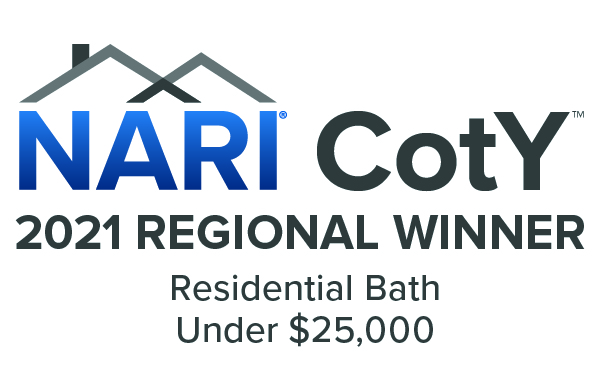
Wet rooms are an open-plan bathroom design that allows you to have a spa-like experience in the space. Not only that, but they can also provide increased safety and independence to those with reduced mobility.
Designing one for your home, however, can be a complicated process. That’s why it pays to keep a few considerations in mind before getting a bathroom estimate. In this article, we share a few design tips every homeowner should keep in mind when designing a wet room.
Consider the Wet Room Drainage
The first thing to do is to determine what type of floor you have. Wet rooms can be installed anywhere in your home, but keep in mind that the floor level should be raised or sunken, depending on the flooring. If there’s no standalone shower tray, your wet room needs a gradual slope surrounding the shower drain. To prevent water from pooling together on the floor and increasing the possibility of slips, the slope should be at a ratio of around 1:4.
Choose the Right Type of Flooring
With wet room floors, there are types: tiles and vinyl. Tiled flooring is available in plenty of styles and creates an appealing finish to the room. However, tiling requires grouting and maintenance, especially since it is trickier to keep clean. Not only that, but tiled flooring also increases the risk of slipping. As such, matte or slip-resistant tiles are necessary to keep your wet room safe. For better maintenance and safety, vinyl flooring is recommended. To learn more about vinyl flooring, visit our website to get your own bathroom quote.
Use the Most Suitable Materials
Since wet rooms are designed to get wet, it’s important to avoid materials that may rot or discolor after constant exposure to water. One material many bathroom contractors recommend for wet rooms is timber. Timber prevents rot and discoloration from prolonged water contact, so be sure to install it correctly and apply the right finishes. A Danish oil finish, for example, will seal the timber from steamy circumstances. Meanwhile, natural oil and wax create a more weathered timber look.
Focus on Ventilation and Light
Without proper ventilation your wet room may be prone to condensation, leading to mold growth and preventing healthy airflow. Consult your contractor about installing an extraction fan to improve ventilation in your wet room. Additionally, it’s also best to prioritize bathroom lighting. In a wet room, be sure to install waterproof lighting fixtures. Your bathroom remodeler may advise you to get IP-rated light fittings designed to withstand moisture and heat efficiently.
Let’s Start a Conversation!
With DreamMaker Bath & Kitchen of St. Louis Park, there’s no need to search online for a “bathroom remodeler near me.” Our qualified and experienced team can help you design your wet room. Call us today at (952) 522-3008, or fill out our online contact form to book an appointment. We offer services in Minneapolis, St. Louis Park, Robbinsdale, as well as Anoka, St. Paul, Adina, Dayton, Eden Prairie, Minnetonka, Bloomington, and Eagan.
























